Welcome to Part 2 of our Three Part Safety Series
In Part 1 of this Safety Series, Camping and Safety we covered planning for a safe camping trip and a list of safety ‘essentials’ was presented which is intended to be a practical safety planning list to ensure every camping trip is a safe one
In this installment, ‘Outdoors Safety – Being Aware’ we will not only continue to explore ways to stay safe whilst camping but we’ll examine safety in the outdoors on a much broader scale focusing on how to be aware of your surroundings, foreseeing potential threats and avoiding danger. Awareness will definitely make any outdoor adventure a much safer one
SAFETY AWARENESS
CHECK SIGNAGE – Keep your eye’s peeled for posted warning signs when travelling to or when at your destination. An example would be Fire danger, Falling rocks, Wildlife crossings, Beach closures, Submerged objects, Hunting season, etc. Always be aware of and obey these signs, not only for your own safety but the safety of others and the environment
EMERGENCY CONTACTS – Know your emergency contacts and how to contact them (quickly). For example Park Rangers, Local Police, Emergency Services, Lifeguards, Ski Patrol, Maritime/Safe Boating services, etc. Never underestimate the importance of knowing this information, it could save a life
THINK SAFETY – Be mindful of yourself and others when performing different activities, even if on face value that activity seems harmless enough. Looking at things from a safety perspective can make a huge difference to your well-being and the safety of others. For example:
- You and your companions are on a long road trip and you’re too tired to drive safely but think you can ‘push on’ and make it to your destination regardless – POTENTIAL DANGER!
- Your partner has just eaten and now wants to go for a swim in deep water and says they ‘will be ok’ – POTENTIAL DANGER!
- Your buddy suggests taking an unknown route whilst hiking without a navigation device or map but ‘thinks he knows’ where he is going – POTENTIAL DANGER!
- Letting your kids go for a swim at a remote and unpatrolled beach without any knowledge of rips (undertow) but it ‘looks safe enough’ – POTENTIAL DANGER!
You get where I’m going with this. Many a good person has succumbed to unexpected dangers in the great outdoors purely because of the way they unwittingly approached a situation. Don’t let this be you
ENVIRONMENT AWARENESS
TERRAIN
Research places you will be visiting beforehand and be aware of any challenges or potential dangers you might encounter. Some examples are:
* Bore holes when hiking
* Cliffs and rock formations when Climbing, Hiking and Rock Fishing
* Crevasses when Trekking and Climbing
* Cave features (and creatures) when caving
* Tree wells (or spruce traps) for snow based activities
* Water crossings when Hiking, Driving and Riding
* Avoid pitching tents under trees to prevent injury (or worse) from falling tree limbs
* Do not set up camp in dry river beds or ditches in case of flash flooding
WATER
* Be mindful of Tidal movement for water activities or even when setting up camp close to shore lines
* Inquire or learn how to ‘read’ Currents (Rips, undertow) at the beach or in channels when Swimming, Surfing, Skin/Scuba diving, etc. Having an understanding of these conditions has saved many a life
* When White Water Rafting, Kayaking, Caving, Hiking, Fishing, etc. make it your business to monitor weather reports and know if storms are predicted in ‘Higher country’ and if Flash Flooding poses a threat to your activity. This is also useful information for assessing the risk of Mudslides in potentially dangerous areas
* Never underestimate the danger of submerged objects (i.e. logs, rocks, debris) when diving, jumping, being flung from a water pillow, etc. When in doubt, don the goggles and have a thorough underwater inspection before risking your neck
* Water quality is commonly overlooked and can cause illness and infection if precautions aren’t taken. Avoid swimming in rivers, river mouths, creeks and in some cases beaches during and after excessive rain as it usually washes contaminants into natural water ways, particularly in and near urban environments or farmlands. Some examples of this are; Fertilizers, Pesticides and Herbicides from pastures, Sewage (overflow) from sewage treatment plants and Garbage from streets and gutters (via storm water drains). Always be aware of and adhere to related signage
WEATHER
It’s highly advisable to always check weather reports for all outdoor activities and aside from obvious reasons (How hot or cold its going to be?… Will it be fine or will it rain, hail or snow?) there are other ways weather can have an impact on nature that can in turn impact us. Some things to consider are:
* Seasonal Water – What once was a clear flowing stream from which you last collected your water on a previous trip could be nothing but a dry creek bed in a different season which could severely impact your water supply and vica versa, that nice little dry, sheltered area you set up camp in 6 months ago could turn into a fast flowing creek after a heavy downpour. Food for thought
* Hurricanes, Cyclones and Typhoons – They’re all basically the same thing it just depends where it is located as to what it’s called but whether on land or sea one thing remains the same…You don’t want to get caught in one of these bad boys and the key to survival in these extreme conditions is awareness and planning
* Mudslides – Over 61,000 people worldwide have perished in Mudslides (or Mudflows) in the last 30 years and countless dollars worth of damage has been caused and whilst there are sometimes other forces at play, heavy rain is usually the common denominator behind these horrific events
* Avalanches – Whilst weather is not always the sole cause of Avalanches it is often a contributing factor and something to take into consideration when pursuing any snow related activity near or on mountains as major avalanches have reportedly killed over 35,500 people in the last 100 years and continue to take an average 28 lives per year in the U.S alone. Heavy snow fall, Storms and wind direction can play a big part in causing avalanches. Always seek local knowledge of any potential risk
* Forest/Bush Fires – Another often catastrophic event that can be triggered by the weather are Forest Fires, otherwise known as Bush Fires. Again, whilst weather is not always the sole cause, heat is often a major player by drying out the surrounding environment and creating the ideal conditions for this type of natural disaster. Always adhere to fire restrictions and warnings and have a Fire emergency plan
* Although we briefly touched on Flash flooding, Floodwaters are something we have to bear in mind when at and when travelling to our destination. Many a time have I had to turn back from a camping and road trip due to roads being flooded and campgrounds washed out. Always get to high ground and avoid fast moving floodwater and never swim in floodwaters due to pollution, debris and wildlife (snakes, crocs, alligators, etc)
WILDLIFE (FAUNA)
* Have an understanding of what Marine Life may present a safety risk in the area you will be doing water activities and ask questions… “Have large Sharks been reported close to beaches?, Is it the tide/time for ‘Stingers‘ such as Jellyfish?, Have there been reports of ‘rogue’ Crocs?, Are Alligators, Eels, Sea snakes, Stone fish and other Poisonous fishes present?”…You get the idea. Do some homework, inquire with locals and always keep your eyes peeled
* Wherever you are in the wilderness, things that bite are never fun to be around (i.e. Bears, Lions, Tigers, Crocodiles, Hippos, Snakes, Monkeys, Wolves, etc.) and no matter where in the world you are venturing it’s important to consider that one or more of the creatures may be nearby. Be aware of any local fauna and if it poses a risk to you, know how to avoid or repel them and know what to do in case of an attack. Always seek local knowledge
* Remember there are other ‘wild’ creatures that don’t necessarily have to bite us in order to do some serious damage. Some of these animals include Bulls, Wild Boars, Kangaroos, Rhinos, Elephants, Buffalos and a whole heap more. As with ‘things that bite’, awareness and a knowledge of these creatures and their habitat is key
* Do not feed the wildlife! What may seem like a somewhat harmless activity can sometimes lead to disaster. Wild animals can be territorial, feel threatened and even get greedy when being fed or offered food by humans which in some instances can incite an attack
* Whilst we’re on the subject of food… Avoid eating and/or storing food in your tent whilst camping and always store food in airtight containers even when travelling on foot as you could run the risk of rousing the interest of not only larger predators (i.e. Bears, Dingoes, Wolves, etc.) but also smaller creatures such as Racoons, Rats, Ants, flies and other little ‘Crawlies’. Again do your homework on fauna you may encounter on your travels and prepare accordingly
* Another very important thing to consider is the threat we pose to wildlife such as unintentionally maiming and even killing critters due to road accidents. This in turn can very well put us at risk too. When travelling, look out for road signs alerting us of possible wildlife in the area and It’s also important to know the ‘opportune times’ for wildlife to be grazing by the roadside and crossing roads (usually dusk and dawn). Be extra cautious… their’s are not the only lives we want to preserve
* It’s not only the larger animal species that we should be aware of when venturing in the outdoors. In fact things such as Spiders, Scorpions, Ants, Bees, Wasps, Mosquitoes, Leeches, Ticks, Midges, Chiggers, etc. are far more prevalent in the wild than larger animals and therefore pose more of a threat to us. Whilst most insect and bug species will only cause minor to mild discomfort if they sting or ‘bite’ us, There are a several species that can cause serious injury and even death so this is why PREVENTION IS BETTER THAN THE CURE…
…Familiarize yourself with species that may be present on your travels and take precautionary measures such as avoiding webs, ants nests, mounds, hives, stagnant water, etc. In general anywhere Spiders, Insects and Bugs are obviously present. Use mosquito netting, insect repellents, Bug repellent bracelets, wear long sleeve clothing, wear enclosed shoes when out walking and wear gloves when collecting firewood, exploring or climbing. Also, research first aid techniques and applications to use (creams, gels, medicines, etc.) for the treatment of bites and stings as these will differ between species and in the severity of the infliction
PLANT LIFE (FLORA)
* Identification is key when it comes to plant life. Indigenous or ‘First’ peoples have a thorough understanding of what is safe and what can literally kill you when it comes to their native Flora so I suggest you base your research on their teachings if possible and preferably incorporate that with more current plant identification & info for areas that you will be exploring
* Stinging Nettles, Poison Ivy, Hogweed, The Gympie Gympie, The ‘Pain Bush’ are only a few examples of plants found throughout the world that can cause major discomfort through to extreme pain (even blindness in the case of Hogweed) that you’ll want to stay well clear
* Finding edible plants, bushes, flowers and fungi is an adventure in itself for the knowledgeable gatherer but can be a grave misadventure with disastrous consequences for one who does not know what they are doing. Plants and berries such as The Tutsan Berry (North America), Moonseed (Canada & US), Wild Cherries (Japan), Horse Nettle (US), Rosary Pea (Tropical regions throughout the world), Belladonna (Europe, North Africa, Asia, US), Strychnine Tree (South east Asia & Australia) are just a few examples of plants throughout the world that produce very edible looking fruits but are poisonous and some can kill. Always know what you are putting in your mouth (Ref. Chris McCandless – Into the Wild)
* This goes the same for Fungi. Whilst some wild mushrooms look to be the ‘text book example’ of a perfectly edible mushroom such as The Autumn Skullcap (which can be found throughout the world), they can prove to be deadly. Great care must be taken in the identification of mushrooms before ingesting as there are a remarkable number of poison versions that look nearly identical to edible ones. Do your homework before you eat
TEMPERATURE AWARENESS
Lastly we’ll look at temperature and its potentially dangerous effects it can have on our bodies. This section is designed to give you a rundown on what to be prepared for at either end of the temperature scale, extreme cold & extreme heat. As in the previous chapters I want you to bear in mind that prevention is better than the cure and always be aware of physical warning signs
COLD

The effects of cold can be brutal and deadly so here are a few facts to be aware of when it comes to undertaking any adventure in cold climates:
* Windchill – When it comes to the cold there is another factor to consider when outdoors and that is wind. Cold coupled with wind (particularly high winds) will draw your body heat away from you much faster than the cold alone which actually makes things colder than the meteorology report or the temperature you see on a thermometer
* Stay dry – Water conducts heat away from the body meaning the wetter you are in cold temperatures the colder you will be. Introduce windchill to this combination and you have a recipe for disaster
* Clothing – Tight clothing can restrict blood circulation which you’ll need to keep your extremities warm. Wear loose fitting clothes in layers (with a wicking base layer) and water repellent outer clothing
* Keep your head and neck covered – Up to 45% of your body heat can be lost through an unprotected noggin. There’s an old winter camping saying that goes “If your feet are cold, put on a hat”. Weird but true
* Hypothermia – is when your average body temperature, 37°C (98.6°F) drops to 35°C (95°F) and below. It is caused by exposure to cold weather or immersion in cold water. Symptoms are gradual and if left untreated Hypothermia can be deadly
* Circulation – Blood flow is reduced to hands and feet in extreme cold as this is the body’s way of sending more blood to our vital organs in order to protect them
* Frostbite – This unfortunately is when parts of the body freeze usually starting with digits and exposed extremities (fingers, toes and nose). I won’t go into the gruesome details but just know that it’s irreversible so prevention is absolutely critical
* Conduction – This is the transfer of heat away from the body by physical contact and occurs at 20°C (68°F) and is the reason we lose body heat from sleeping on cold ground. An unwise practice indeed
HEAT
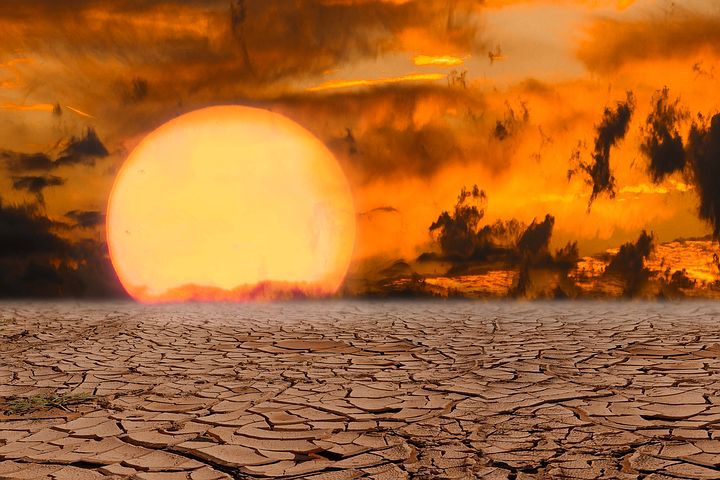
Extreme heat can put our bodies under a lot of stress and sometimes lead to illness and even death so below are a few facts about heat and what it can do to us if we don’t take precautions outdoors in high temperatures
* Sweat – Our bodies produce sweat in hot conditions in order to cool us down by means of evaporation but the problem is that when it is extremely hot our body’s core temperature heats up even more which leads us to sweat more (its like cranking the aircon up) which in turn depletes our fluid levels and can lead to dehydration
* Dehydration – Staying well hydrated is the key to combating heat related illness. If we sweat excessively and start depleting our internal fluid levels and don’t stay hydrated then it can lead to Heat exhaustion which could then lead to Heat stroke and that can be deadly
* Electrolytes – Our bodies lose Electrolytes in the process of sweating. Electrolytes are basically nutrients and chemicals that our body needs to balance fluid levels and assist our nervous system (amongst other things). Replenishing them along with fluid is important when we sweat a lot
* Heat Exhaustion – Whilst not as severe as Heat stroke, Heat exhaustion is still a heat related illness that has to be treated so as not to lead to Heat stroke. It is caused by the body’s inability to cool down thus resulting in a rise in body temperature
* Heat Stroke – Heat stroke happens when the body’s core temp rises to (and above) 40°C (104°F) in adults or 40.5°C (105°F) in children when we’re exposed to high temperatures. Basically, the body’s internal temperature regulating system (in the brain) becomes ineffective which can result in serious damage to the brain and other internal organs (or worse). Not to be taken lightly. Heat stroke can kill
* Sunburn – Ouch! Aside from the discomfort of sunburn it can have nasty ramifications down the track. Sunburn is caused by over exposure to the Sun’s UV rays and as most of us know it can be mild, resulting in a pinkish tinge to skin colour right up to extreme cases where you can end up with inflammation, severe blistering and illness (Flu like symptoms), shock and even death. UV rays can also damage our DNA resulting in skin cancers or even worse, Melanoma
Well folks, that wraps up our second installment in our Three Part Safety Series and I hope you got some useful info from it that will help you be more aware of your surroundings and in turn make for a safer outdoor adventure for you and your loved ones
In Part 3 we will be covering campfires and Fire safety. The Good, The Bad and The Ugly because as we all know things can get pretty ugly with fire if it’s not treated with respect so I hope you have a read and cram some more safety stuff in your dome as it can only help to serve you on your travels. Until next time…
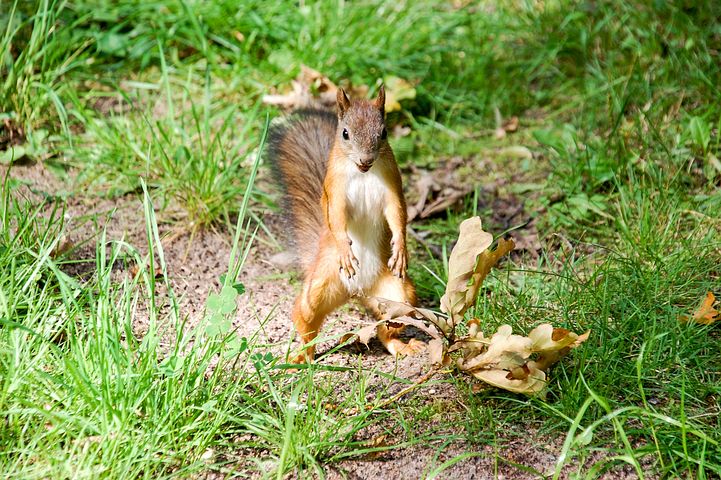

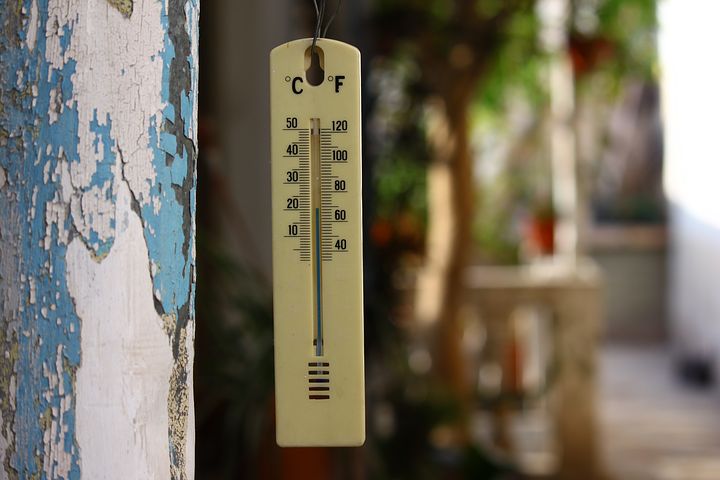
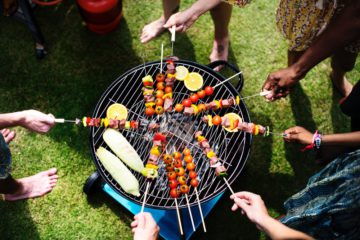

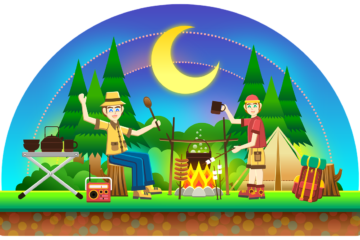
0 Comments